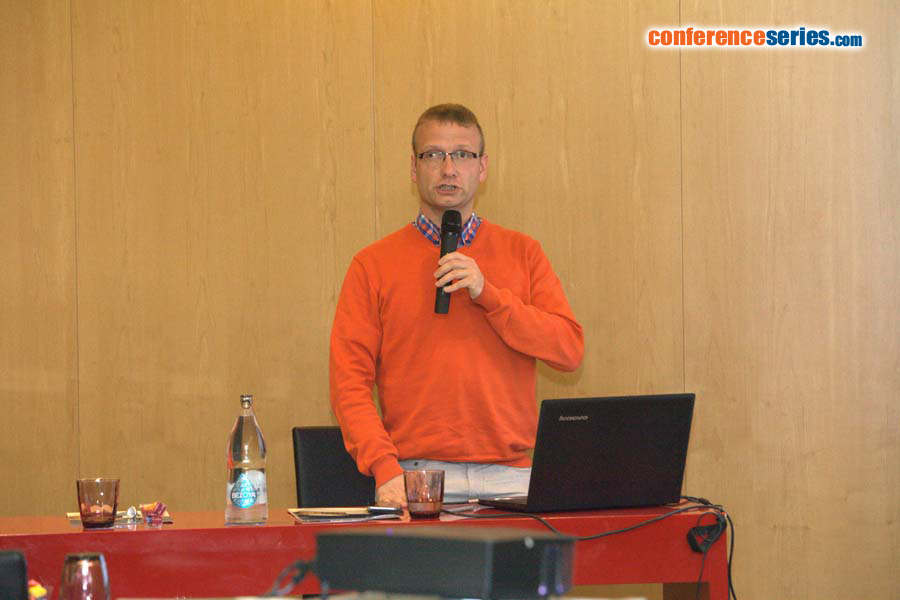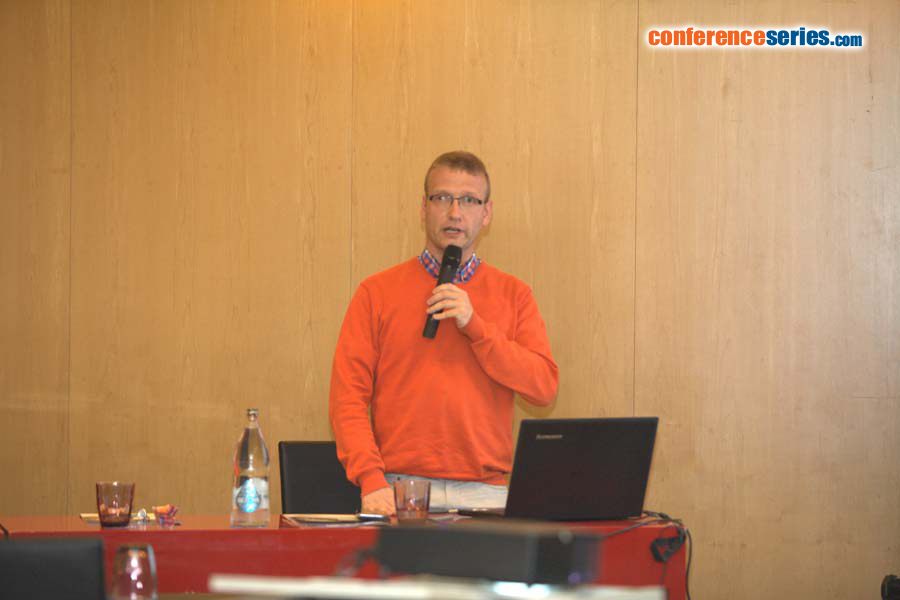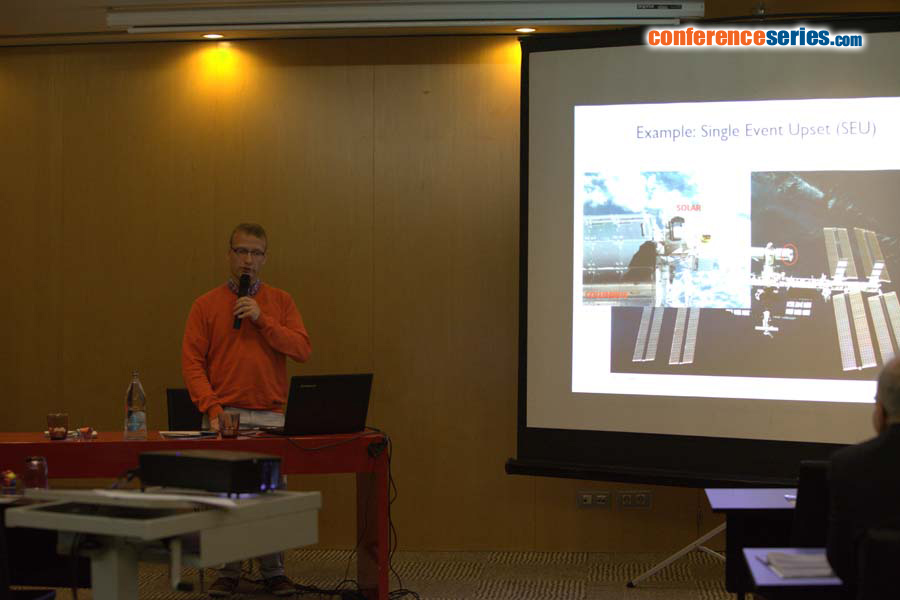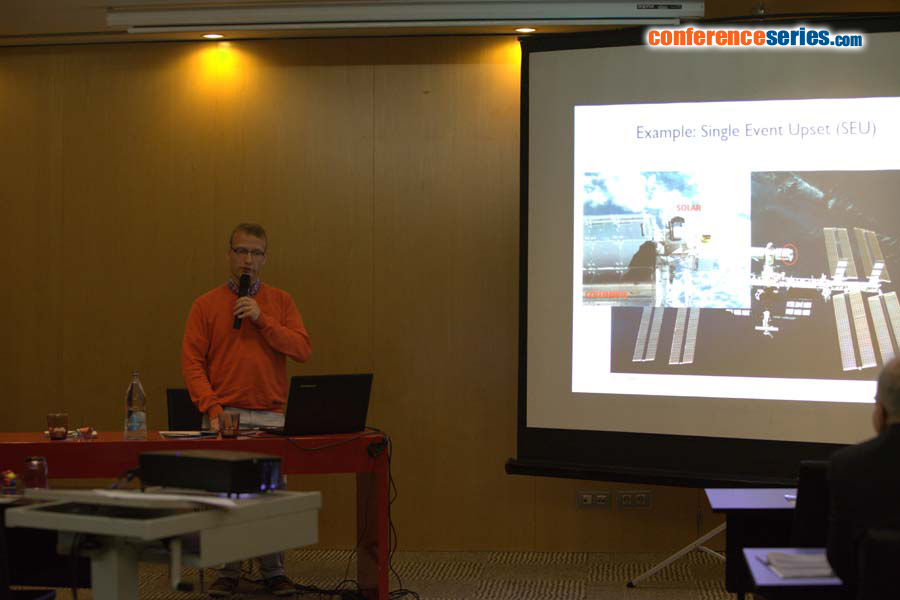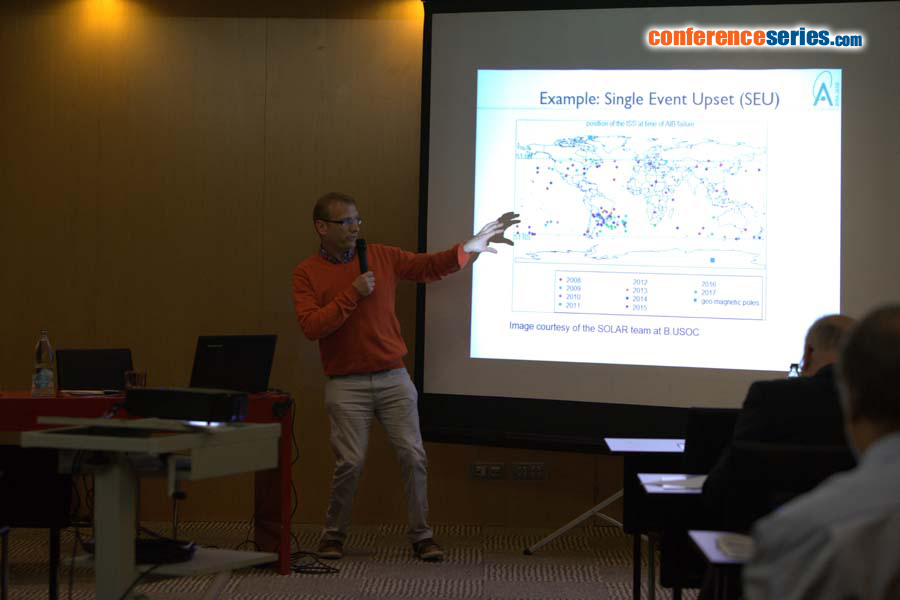
Stijn Calders
Royal Belgian Institute for Space Aeronomy
Belgium
Title: Modeling the space environment and its effects on spacecraft and astronauts using SPENVIS
Biography
Biography: Stijn Calders
Abstract
Modelling the space environment
On the ground we are well shielded from the space weather environment by our planet’s atmosphere and its magnetic field. However, satellites and astronauts are directly exposed to its hazardous effects. The danger becomes increasingly more substantial when moving away from Earth’s protection e.g. a spacecraft mission through the harsh radiation environment of Jupiter and its moons or a future manned missions to Mars.
SPENVIS (https://www.spenvis.oma.be) is a web application that allows someone to model the space environment (i.e. cosmic rays, radiation belts, solar energetic particles, plasmas, outgassing and micro-particles) around Mercury, Earth, Mars and Jupiter but also in the interplanetary medium. In addition, it enables to calculate the potential effects of these environments on spacecraft components and astronauts.
SPENVIS: a long and acclaimed history
Since its first development by the Royal Belgian Institute for Space Aeronomy (BIRA-IASB) in 1996, it has been a successful ESA operational software for more than fifteen years. In the recent years, SPENVIS has also been integrated in ESA’s Space Situational Awareness (SSA, http://www.esa.int/Our_Activities/Operations/Space_Situational_Awareness) Space Weather Service Network. As a result, SPENVIS has established a mature user community from all over the globe that is using the system for various purposes including mission analysis and planning, education and scientific research.
Lately, a new system known as SPENVIS Next Generation (http://www.spenvis-ng.eu/) has been developed under ESA’s GSTP-5 programme by an international consortium led by the space weather section of BIRA-IASB. The new system has a distributed architecture, uses standards to integrate models and supports the integration to other software by offering a web interface as well as an application programmer’s interface (API).


